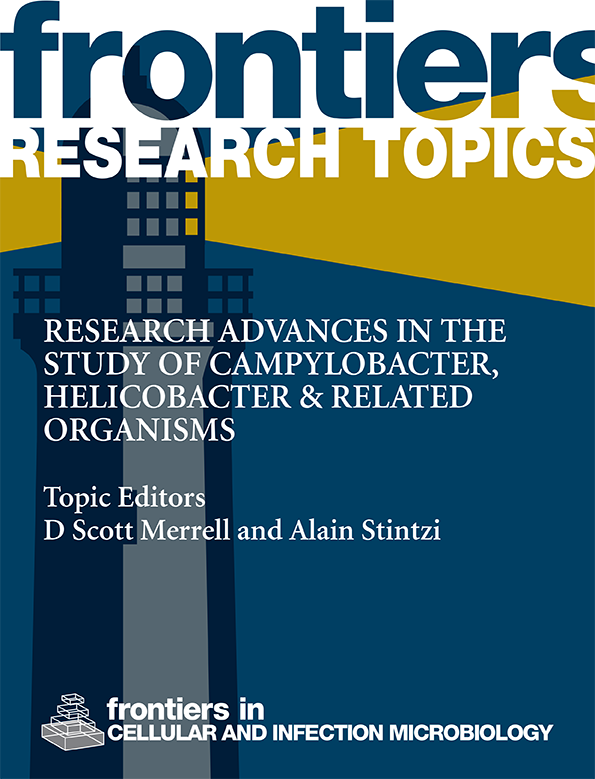Synergistic in vitro activity and mechanism of KBN lotion and miconazole nitrate against drug-resistant Candida albicans biofilms
IF 4.6
2区 医学
Q2 IMMUNOLOGY
Frontiers in Cellular and Infection Microbiology
Pub Date : 2024-08-29
DOI:10.3389/fcimb.2024.1426791
引用次数: 0
Abstract
BackgroundIn the face of increasing antifungal resistance amongKBN 洗剂和硝酸咪康唑抗耐药白色念珠菌生物膜的体外协同活性和机制
背景面对白色念珠菌生物膜中日益增长的抗真菌耐药性,本研究探讨了使用康拜因洗剂(KBN)和硝酸咪康唑(MN)联合治疗的疗效,以应对这一挑战。方法使用 UPLC-Q-TOF/MS 分析鉴定康拜因洗剂中的活性化合物;使用 FICI 评估协同作用;使用 XTT 和 ROS 检测法检测生物膜活力和氧化应激;使用荧光和共聚焦激光扫描显微镜 (CLSM) 分析结构和活力;使用实时荧光检测基因表达。结论我们的研究表明,联合应用 KBN 和 MN 会在一定程度上影响白色念珠菌生物膜的结构完整性,并影响参与生物膜形成的几个关键基因的表达,包括 ALS1、ALS3、HWP1、HSP90 和 CSH1。这些初步研究结果表明,KBN 和 MN 之间可能存在协同效应,不仅可能影响真菌生物膜的结构,还可能在生物膜形成过程中调节遗传途径。
本文章由计算机程序翻译,如有差异,请以英文原文为准。
求助全文
约1分钟内获得全文
求助全文
来源期刊

Frontiers in Cellular and Infection Microbiology
IMMUNOLOGY-MICROBIOLOGY
CiteScore
7.90
自引率
7.00%
发文量
1817
审稿时长
14 weeks
期刊介绍:
Frontiers in Cellular and Infection Microbiology is a leading specialty journal, publishing rigorously peer-reviewed research across all pathogenic microorganisms and their interaction with their hosts. Chief Editor Yousef Abu Kwaik, University of Louisville is supported by an outstanding Editorial Board of international experts. This multidisciplinary open-access journal is at the forefront of disseminating and communicating scientific knowledge and impactful discoveries to researchers, academics, clinicians and the public worldwide.
Frontiers in Cellular and Infection Microbiology includes research on bacteria, fungi, parasites, viruses, endosymbionts, prions and all microbial pathogens as well as the microbiota and its effect on health and disease in various hosts. The research approaches include molecular microbiology, cellular microbiology, gene regulation, proteomics, signal transduction, pathogenic evolution, genomics, structural biology, and virulence factors as well as model hosts. Areas of research to counteract infectious agents by the host include the host innate and adaptive immune responses as well as metabolic restrictions to various pathogenic microorganisms, vaccine design and development against various pathogenic microorganisms, and the mechanisms of antibiotic resistance and its countermeasures.
文献相关原料
| 公司名称 | 产品信息 | 采购帮参考价格 |
|---|
 求助内容:
求助内容: 应助结果提醒方式:
应助结果提醒方式:


